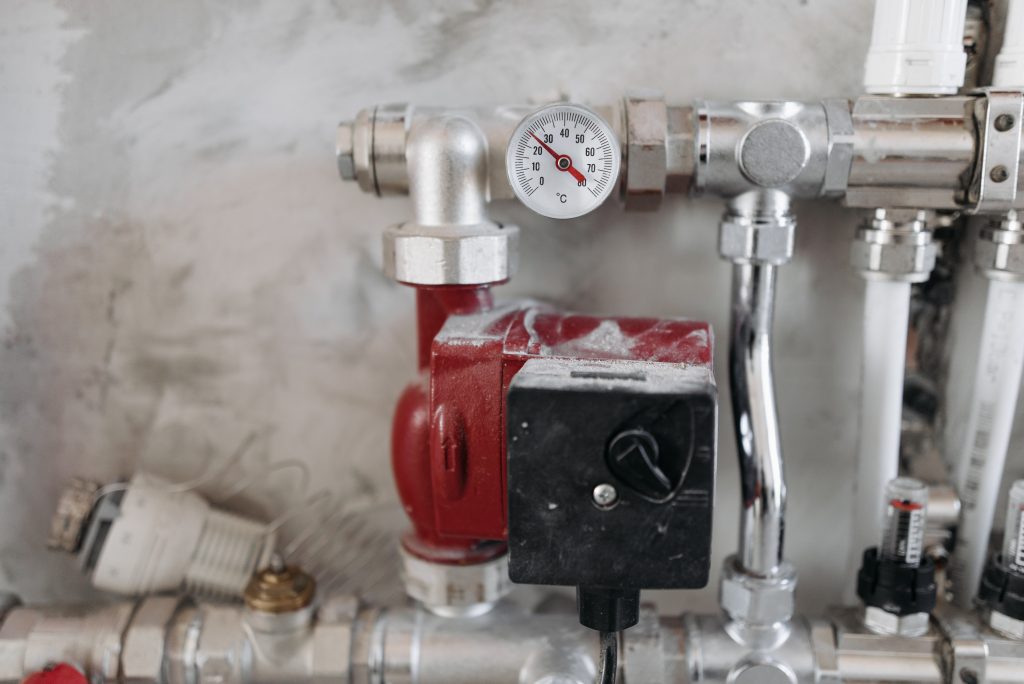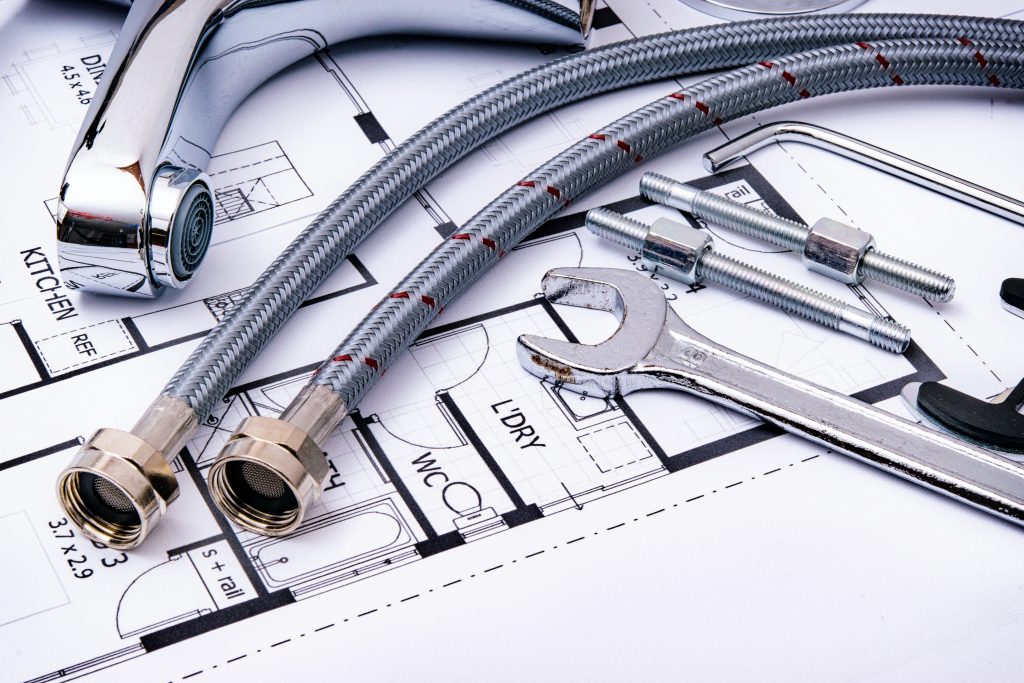
Plumbing codes and regulations are a set of standards established by government authorities and professional organizations to ensure the safe and proper installation, maintenance, and operation of plumbing systems. These codes outline requirements for plumbing materials, design, installation methods, and safety measures to protect public health, safety, and welfare. Understanding and adhering to plumbing codes and regulations is essential for homeowners, contractors, and plumbers to ensure that plumbing installations meet legal requirements and function effectively. Let’s delve into the importance of plumbing codes and regulations and how they impact plumbing practices:


Plumbing codes and regulations play a critical role in safeguarding public health, safety, and welfare by establishing standards for the design, installation, and operation of plumbing systems. Compliance with plumbing codes ensures that installations meet minimum requirements for performance, durability, and safety, protecting homeowners, occupants, and the environment from potential hazards and risks associated with faulty plumbing. By understanding and adhering to plumbing codes and regulations, homeowners, contractors, and plumbers can ensure that plumbing installations are safe, compliant, and built to last.
